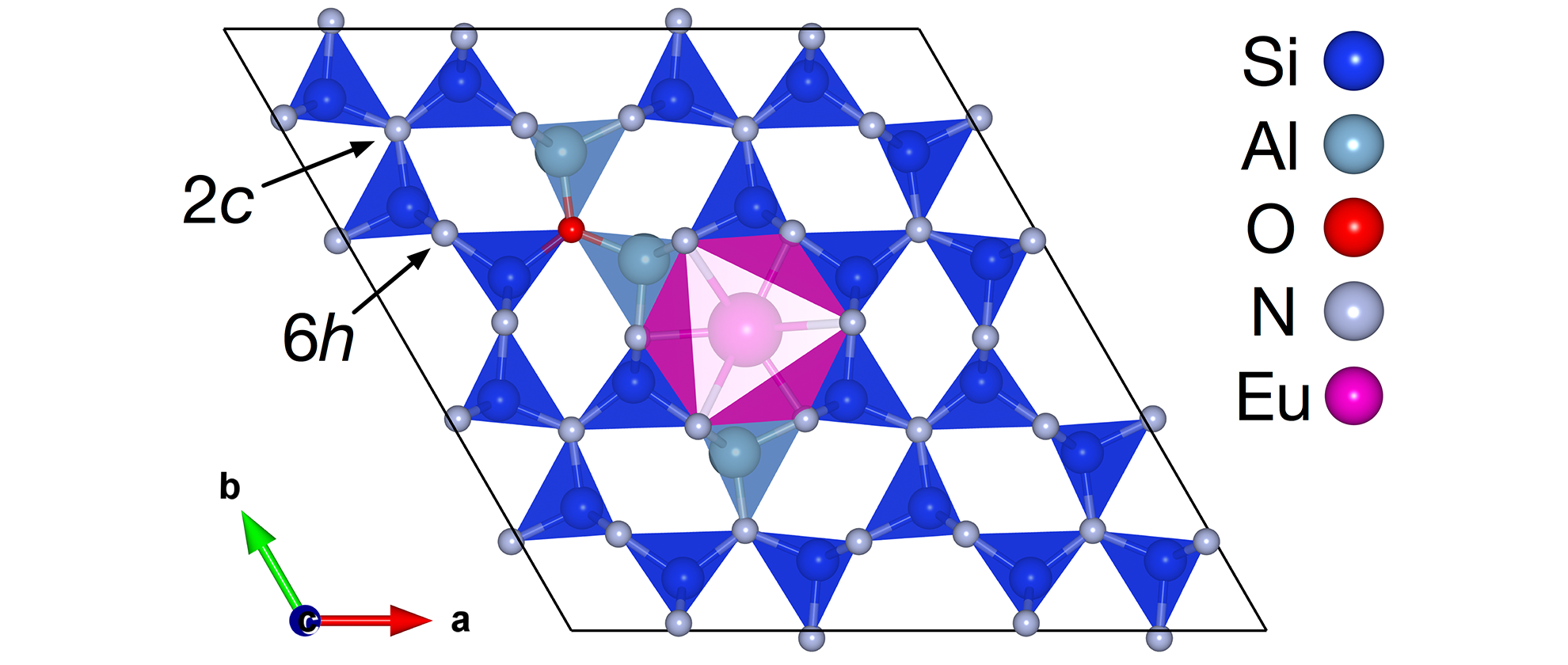We are hiring!
We are seeking to fill one postdoctoral position. Successful candidates will have the opportunity to lead exciting projects that integrate advanced first principles methods, information technology and experiments (through external collaborations) to develop novel materials in energy storage and solid-state lighting. They will also receive mentoring to prepare them for future careers in academia or industry, including project management skills, proposal writing and effective scientific communication. More information can be found at http://www.materialsvirtuallab.org/positions. The ideal candidate should demonstrate creativity, passion for scientific inquiry, and an ability to link fundamental science to real-world applications. The ideal candidate will also have: An advanced degree in materials science and/or solid-state physics. Experience with first principles methods, such as density functional theory (DFT), ab initio molecular dynamics, density functional perturbation theory or GW. Programming skills, preferably with experience in sustainable software development for robust widely used code bases. Interested applicants should send the following materials to ongsp@ucsd.edu. A cover letter of no more than one page summarizing their research accomplishments and interests Curriculum vitae (Optional, but recommended) Samples of scientific codes they have written, either as a web link to a publicly accessible software repository or an email attachment.


